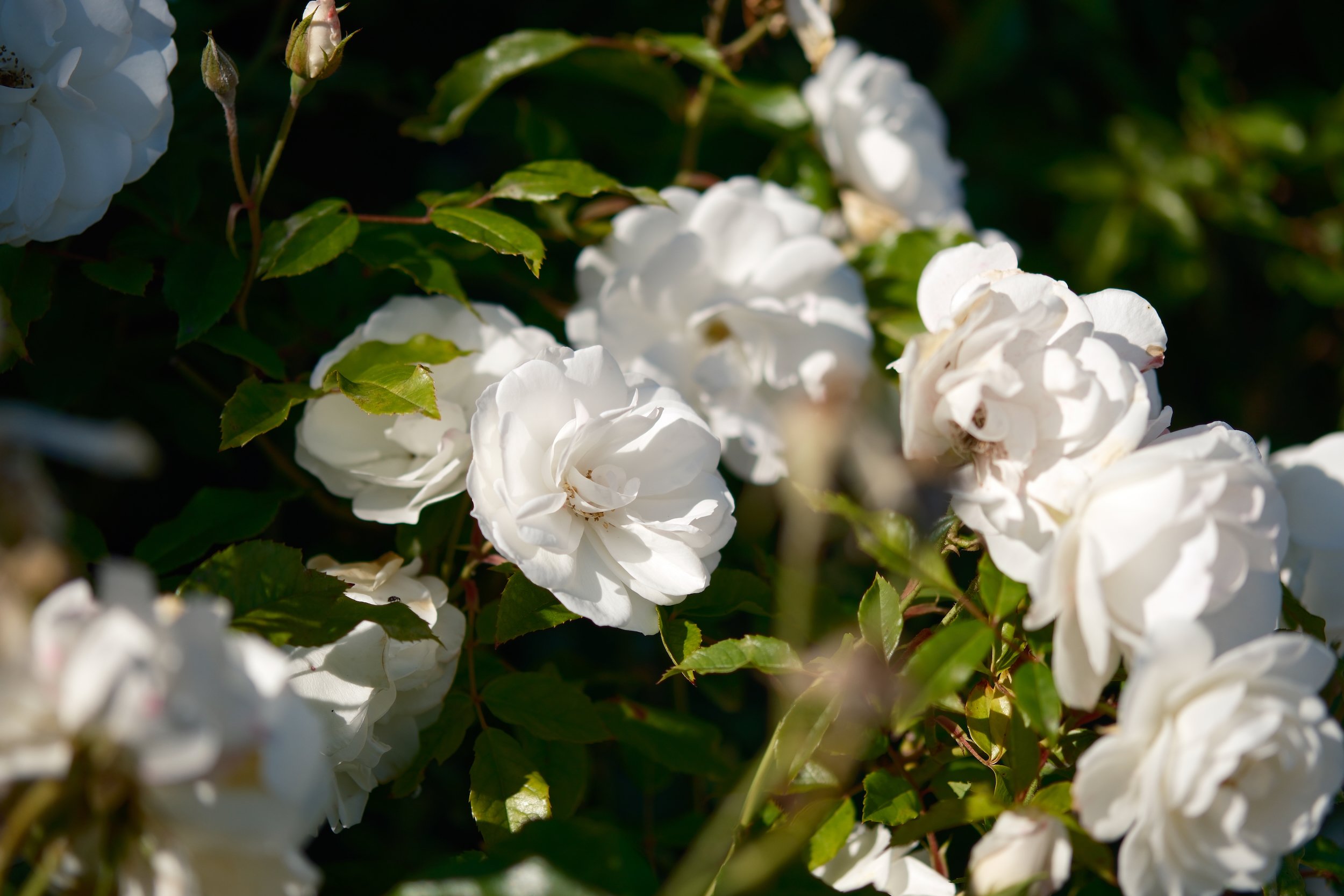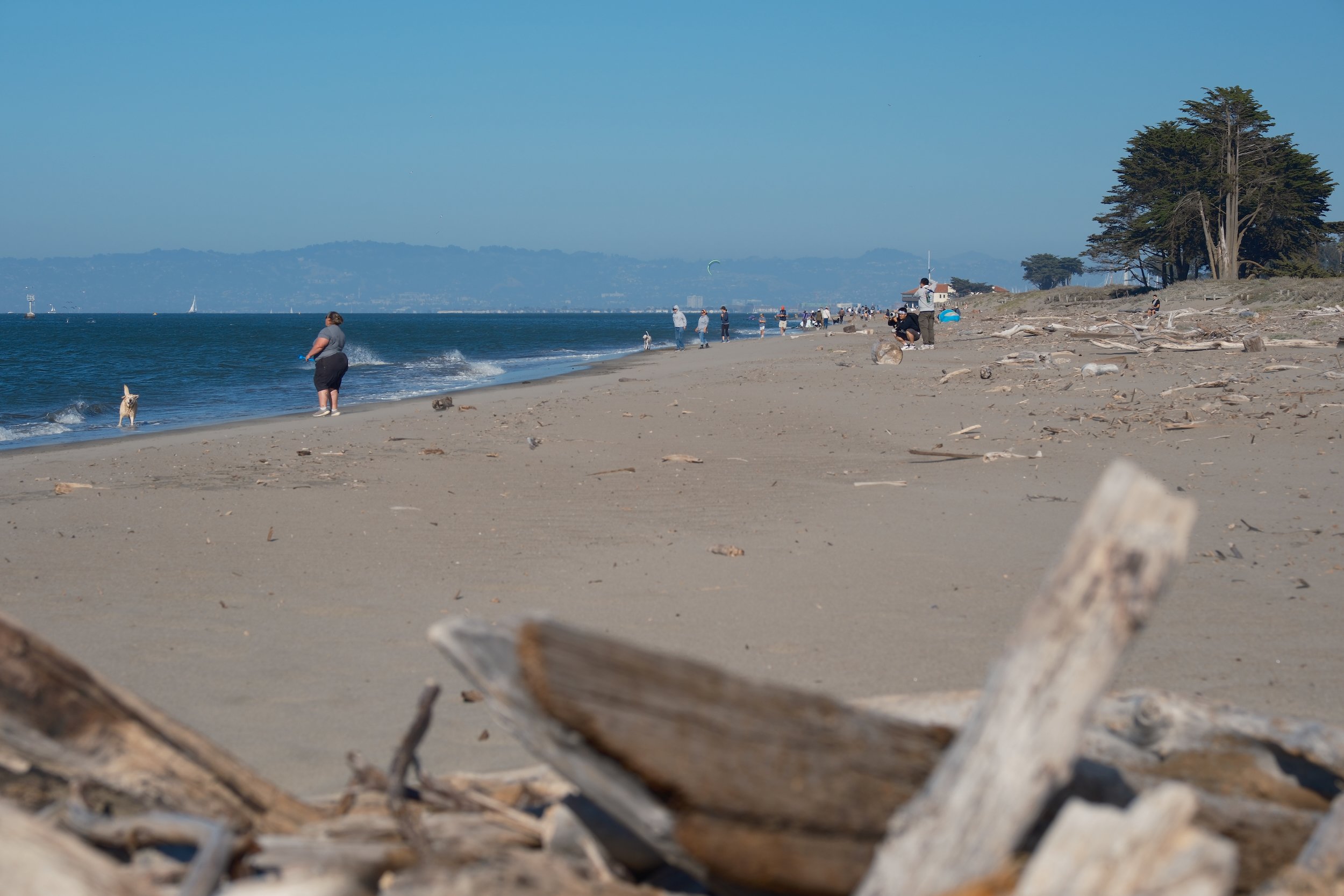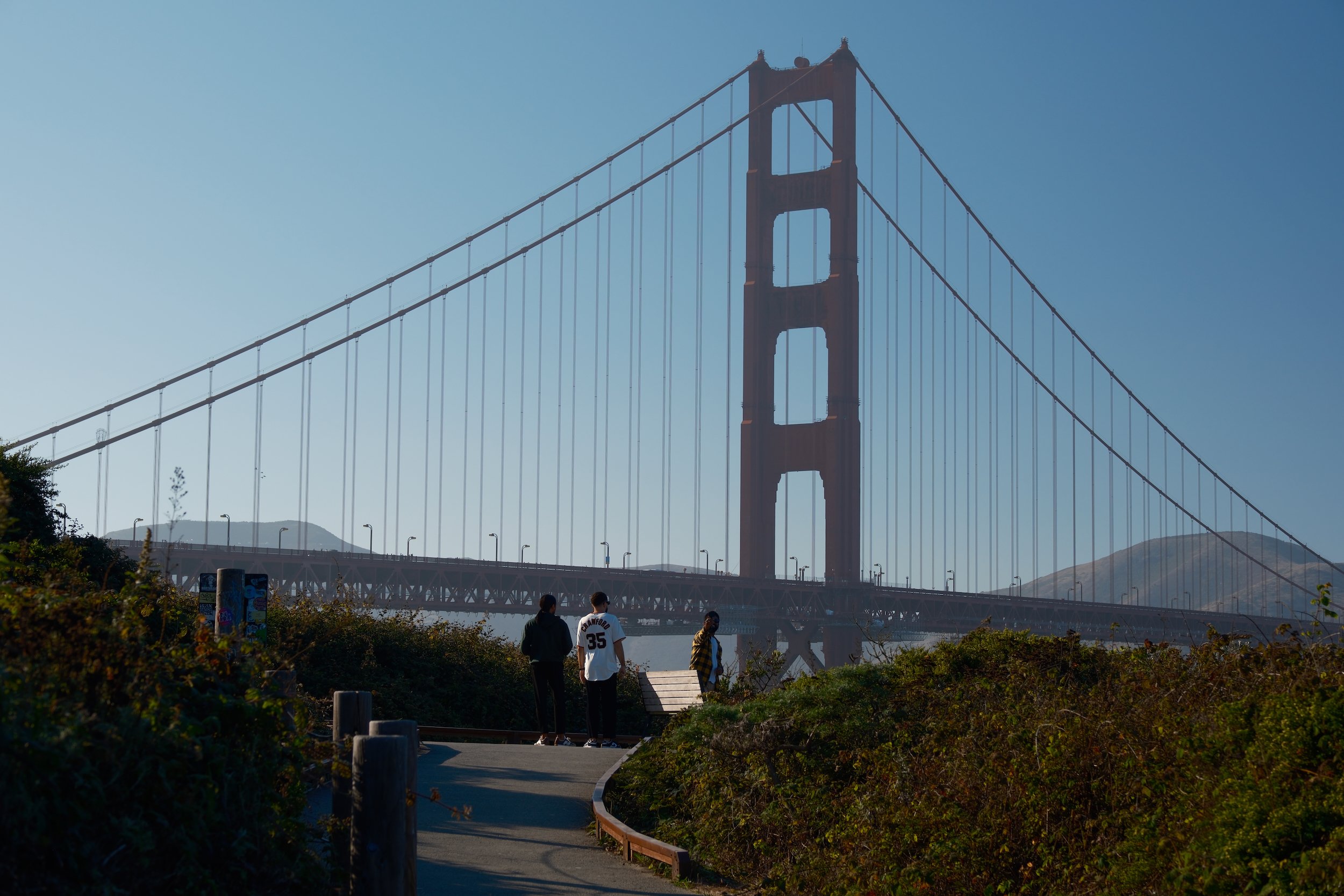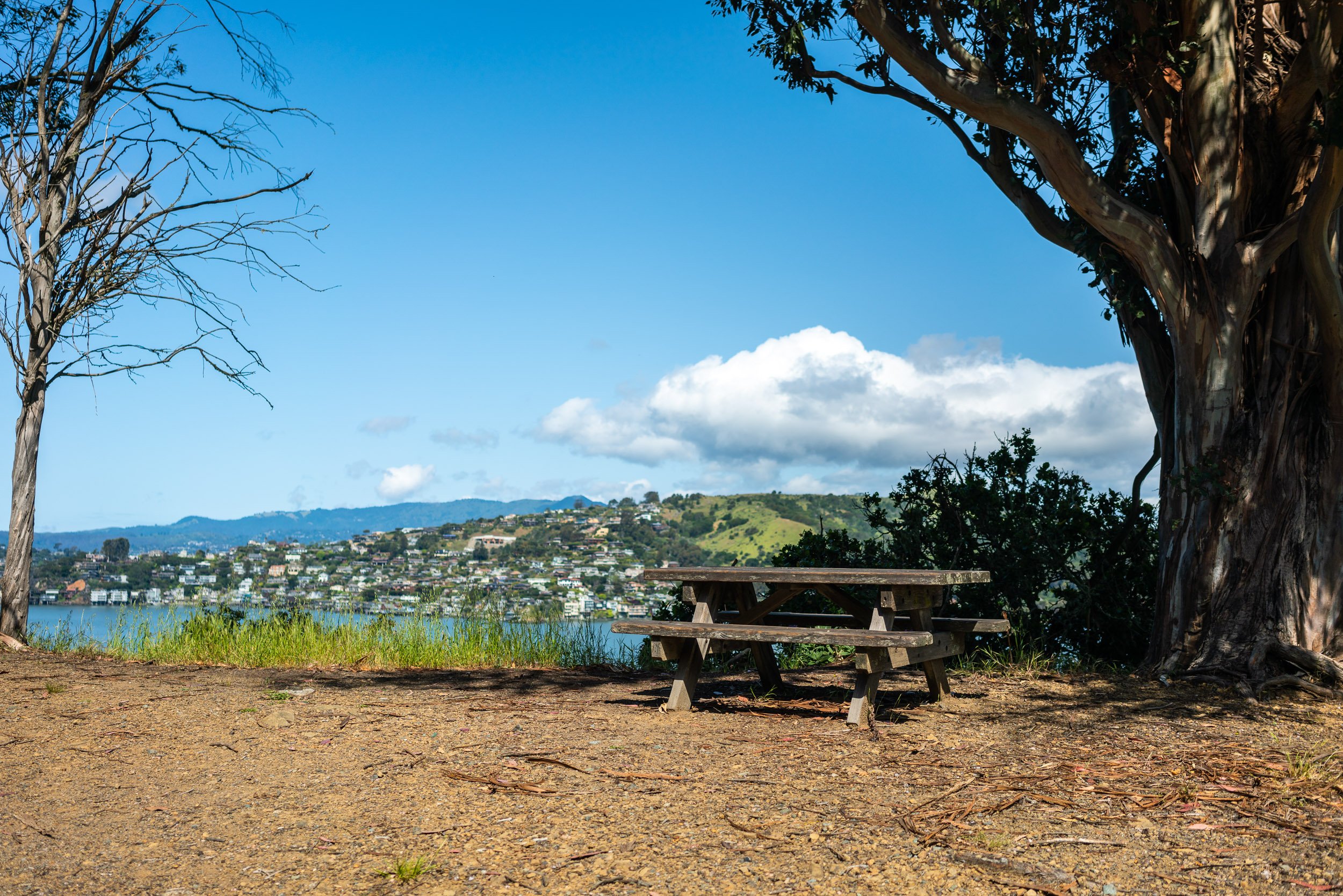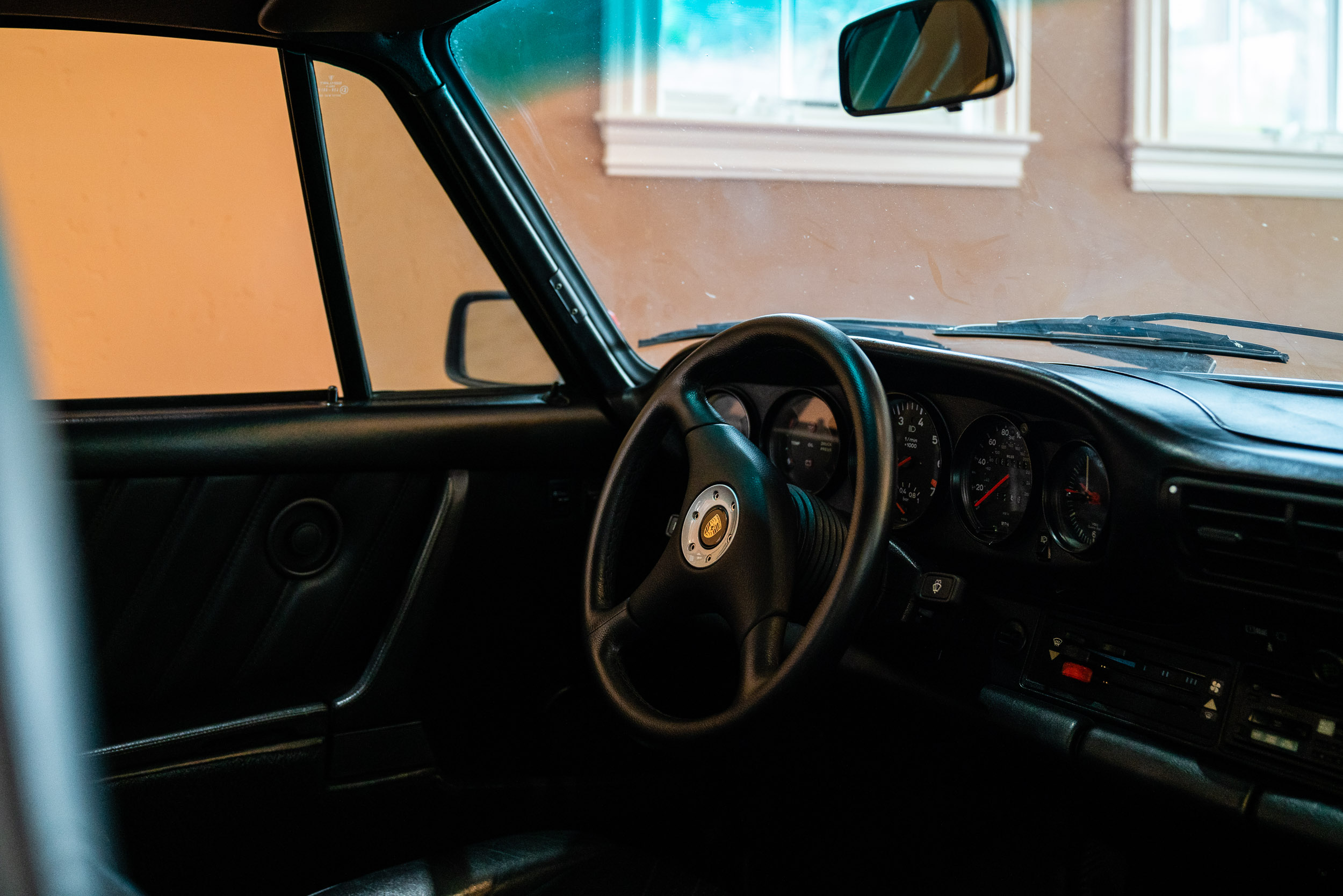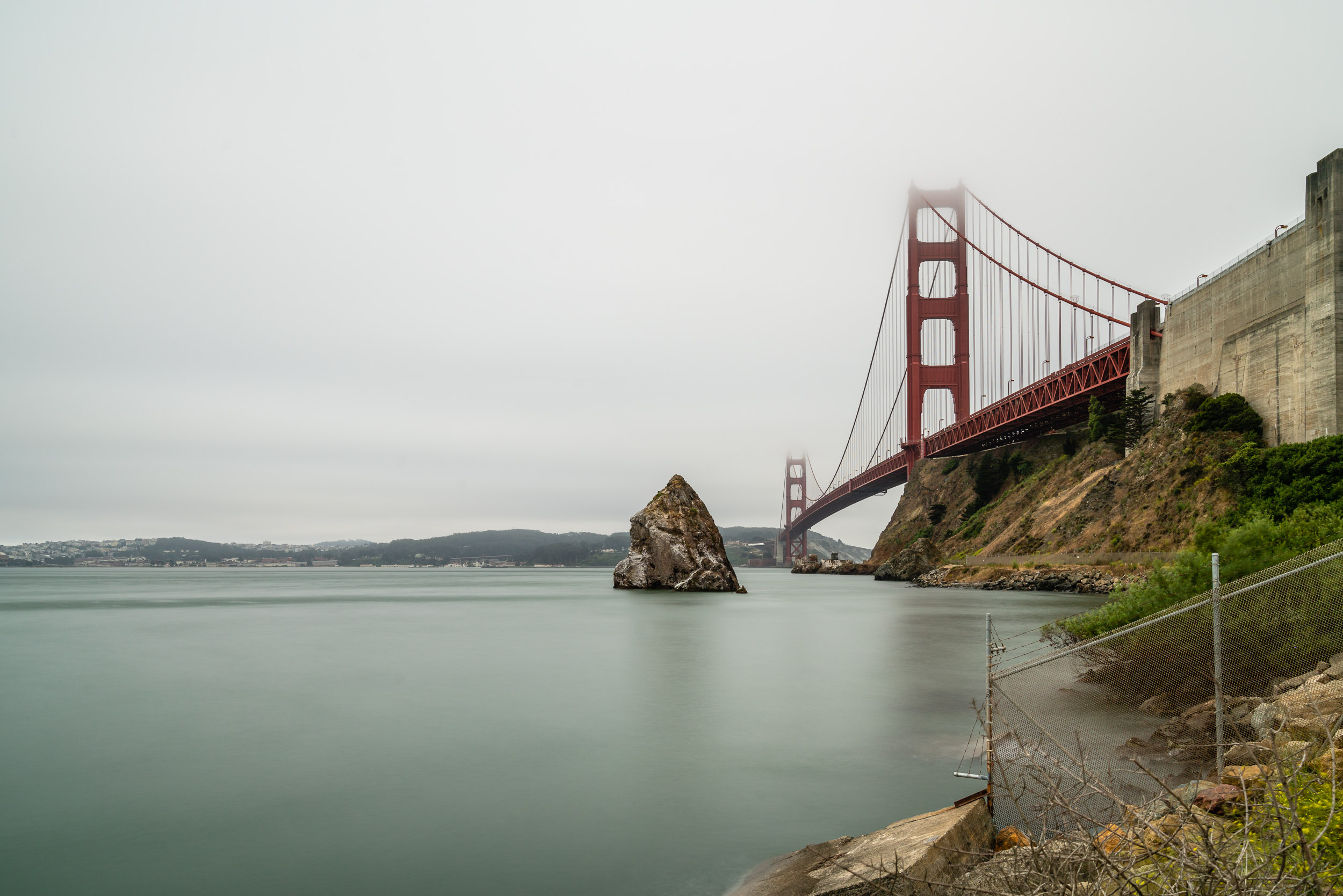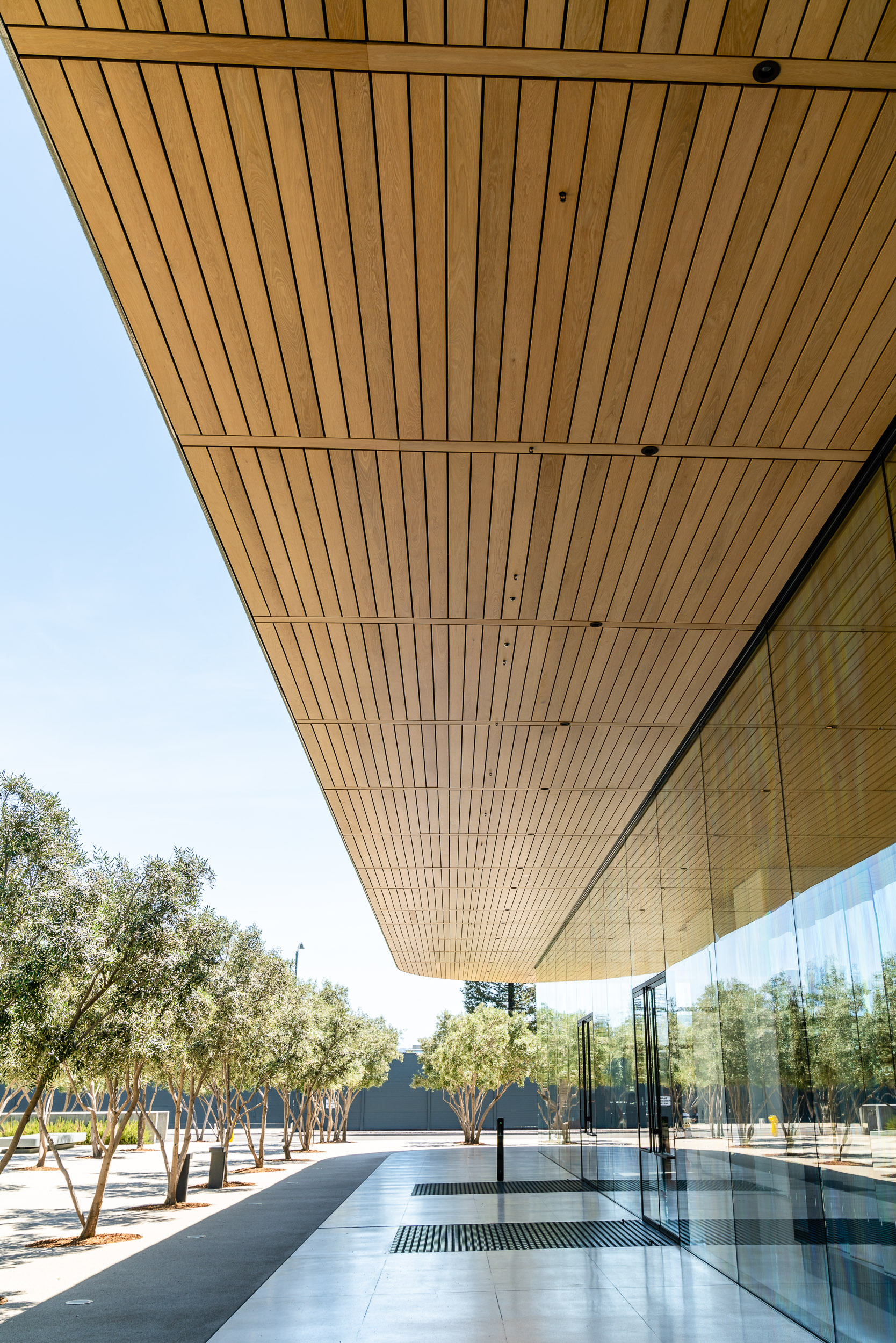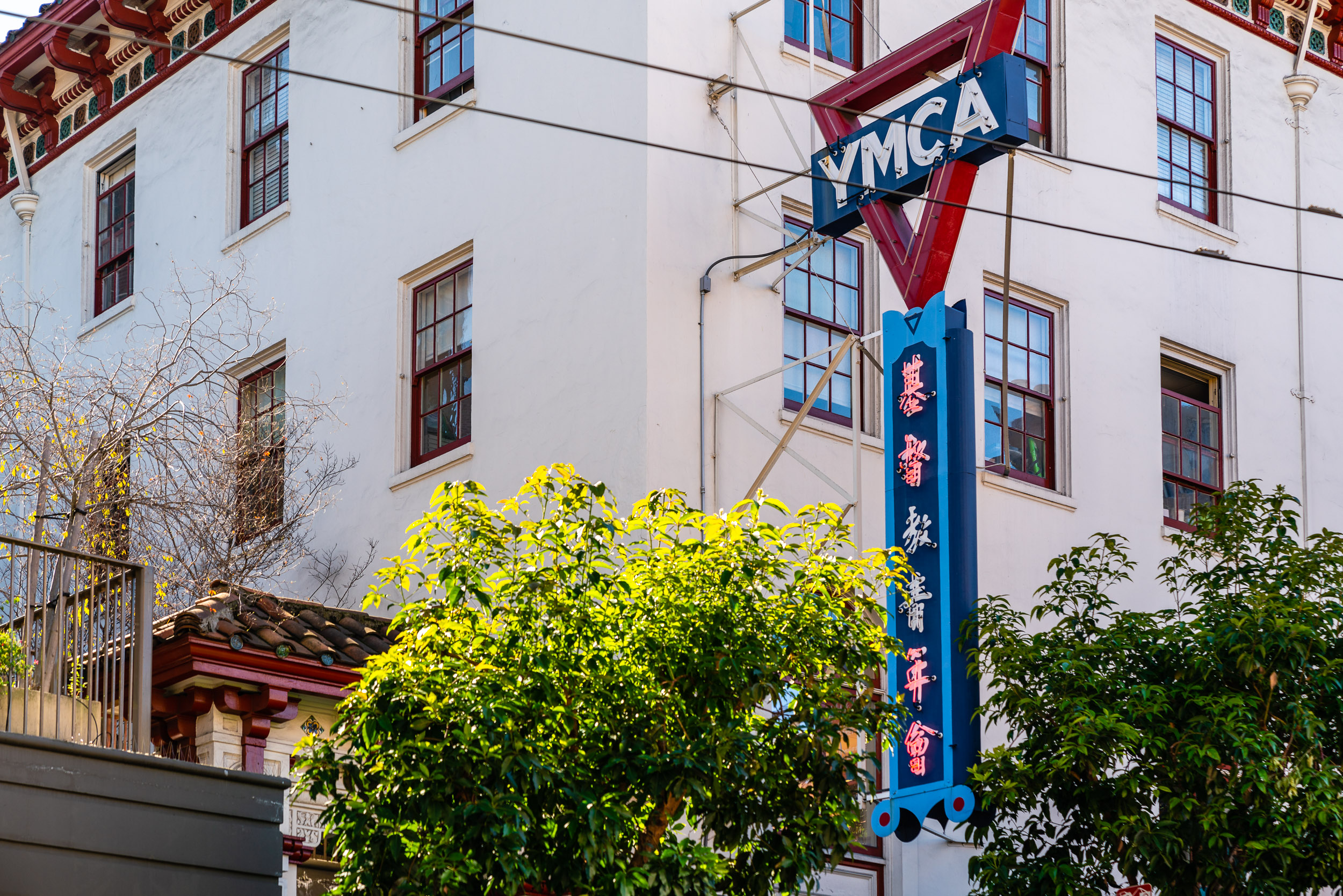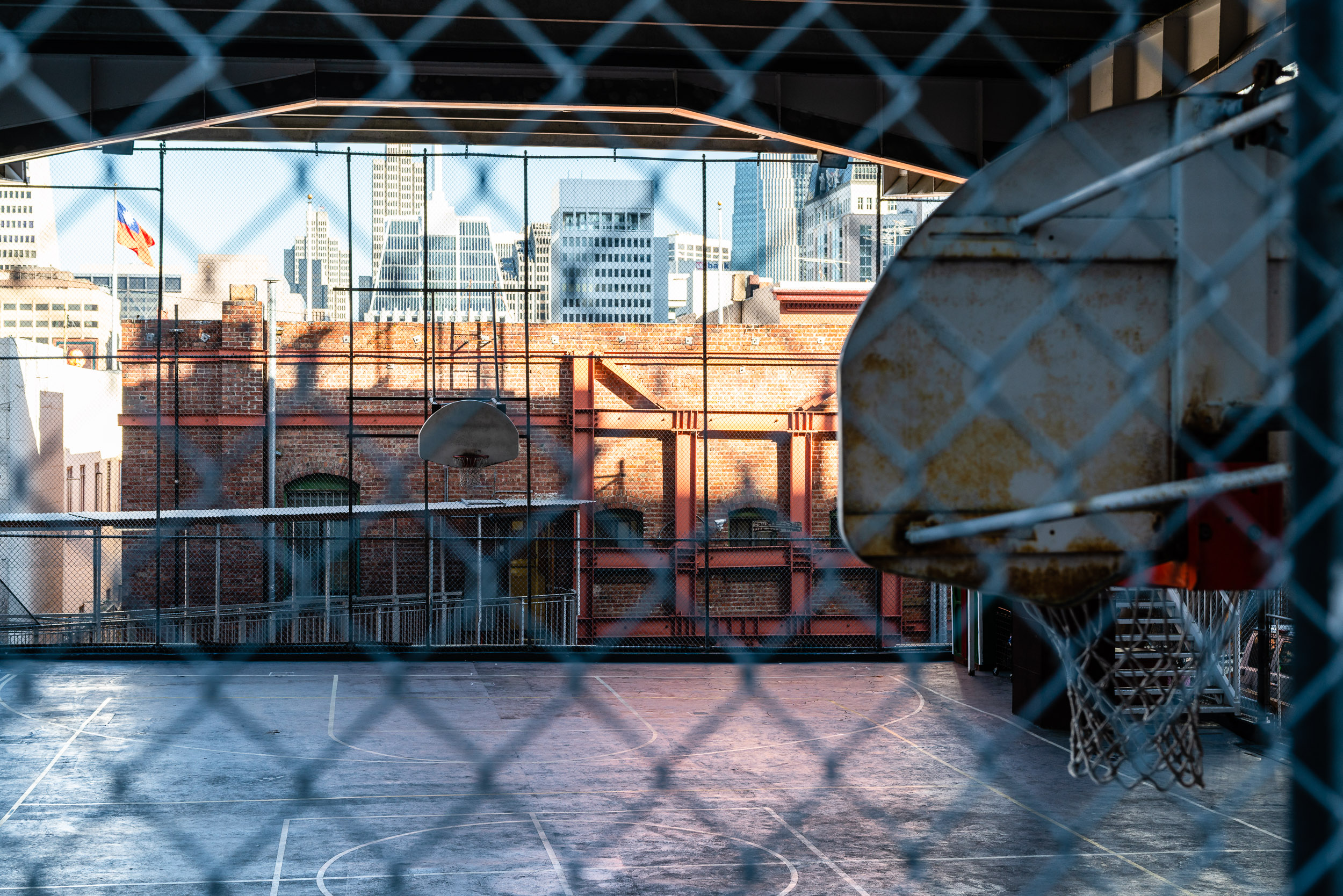It has a been awhile! Not since the first pandemic year (that would be 2020) have I been to a proper (as the British would say) car meet. The Car Lounge’s Southern California contingent hosts an annual gathering every fall. It’s not limit to locals: folks travel from all over just to hang out with like-minded car enthusiasts. This year, the furthest is a guy all the way from the other coast: New York. I’m definitely not complaining about my 350 mile trek down from San Francisco.
On an overcast Saturday morning, we all met up at a Gelson’s in Pacific Palisades. The ritzy seaside enclave didn’t seem to mind two dozen loud cars briefly colonizing a parking lot. The morning grocery crowd tolerated our intrusion quite well. The fears of “Karen” were unfounded. Some of us even bought coffee there, so we weren’t completely free-loading off private property.
Award to this guy for bringing a vintage Volkswagen Beetle to the party.
What looks to be HRE wheels (read: expensive) on that Porsche Boxster Spyder.
It would not be a car meet without at least a handful of Porsche cars.
Somewhat inconvenient for the owner of this Spyder, it rained a bit later on in the day. Getting the top up in this Porsche is unfortunately not a simple press of the button.
The answer is always: Miata. I love the white leather interior with a dark blue exterior on this ND2 Mazda MX-5 RF.
A very audacious custom license plate.
Another look at the original bug.
A very appropriate license plate for the Beetle. Also, notice the issuing state: Montana. Got to avoid taxes wherever you can!
A Cayman GT4 RS in my favorite Porsche color: Guards Red. First time seeing one of these in person. It is absolutely glorious.
The details in the devil.
Shades of blue or red seem to be a popular color choice amongst our group.
A first-generation modern Mini Cooper S (R53). These came standard with a rowdy supercharged 1.6-liter inline-four engine. In my opinion, this is the one of all modern Minis to buy, provided you can afford the reputedly high upkeep costs.
Second-generation Porsche Boxster with an awesome all-red interior. The owner drove all the way from Las Vegas with his son to the meet. Look at the ribbing on the steering wheel (smirky face)!
Is there anything more cool than rally lights on a car? I certainly think not.
The front license plate crew.
If I didn’t already have a BMW M2, I probably would buy one of these: Alfa Romeo Giulia (in top Quadrifoglio trim, of course). I especially dig the silver wheels on this Giulia Veloce.
The beautiful mesh-style wheels on this 992 Porsche 911 are probably horrendously difficult to clean.
The wheels on the Boxster Spyder can’t be easy to clean, either. Granted, if you can afford six-figure cars, you can probably also afford to pay a person to wash them.
Two iconic nameplates of German sports with utility (not to be confused with sports utility): GTI and M. Those seeking fast, daily-driving cars - with questionable reliability - need to look no further.
That is yours truly’s BMW M2, by the way.
The Audi S4 is also a solid candidate for fast, daily-driving car with German (un)reliability.
After about half an hour at Gelson’s, the order of the day was a spirited drive in the nearby Malibu canyon roads. Yes, even the slow and steady VW Beetle took to those twisty roads high above the beaches of Malibu. Our group does not discriminate: whether you like to bomb down a road (breaching often the speed limits), or go at a leisurely pace, all are welcome. For the record: I prefer the cruising type of driving.
It was my very first time driving on the Malibu canyons. Previously, I’ve only watched other people in Youtube videos. In a word, the roads up there are spectacular. So many twists and turns, with plenty of elevation changes as you hop from one mountain range to another. Hustling a car quickly on those roads requires deft skills, and total trust in what a particular car can do. Because a single wrong move can and will end horrendously.
A meet-up point was designated to allow drivers to gather back up at their own pace. Nestled high up in the Santa Monica Mountains is Paramount Ranch. Yes, it’s named after that Paramount. We didn’t care about motion picture history, however: the ranch’s giant gravel lot is perfect to park a bunch of cars together. At least we’re using public land this time!
I was last to arrive because I took a wrong turn. High up in those mountains, there aren’t any cell signal. A pro tip would be to download the entire area map onto your phone before heading there.
The late comers did not get the memo to park in a 45 degree parallel, backing in.
A breather, a drink, or a bathroom break.
It is not mere lip service when it comes to “all are welcome.” What a sight to see a Nissan SUV and a lifted Toyota pickup truck hanging out with the sports cars on the mountain roads. Better still: the Nissan is a rental! The guy driving it flew down from Vancouver, Canada. Safe to say, the miles that morning were the hardest that Rouge Sport have ever seen in its rental life.
Obviously, we appreciate what the generously-pocketed folks bring out just that slightly more.
Because we can see Nissan SUVs every time we get on the road. A Porsche GT4 RS? Not so much. We gawk because of rarity.
Opting for the Guards Red gauge face to match the exterior color is an excellent choice.
The iconic shape of the Porsche 911 is as alluring as ever. I wonder: will I ever buy another one?
Drive 900 miles in less than two days. Would you do it simply to hang out for a few hours, with people you’ve only previously met on the internet? I would, and I did. This is what the love of cars is about. The long drives to far-flung destinations are part of the joy. I’m so happy I got to do it once more after the pandemic hiatus.







